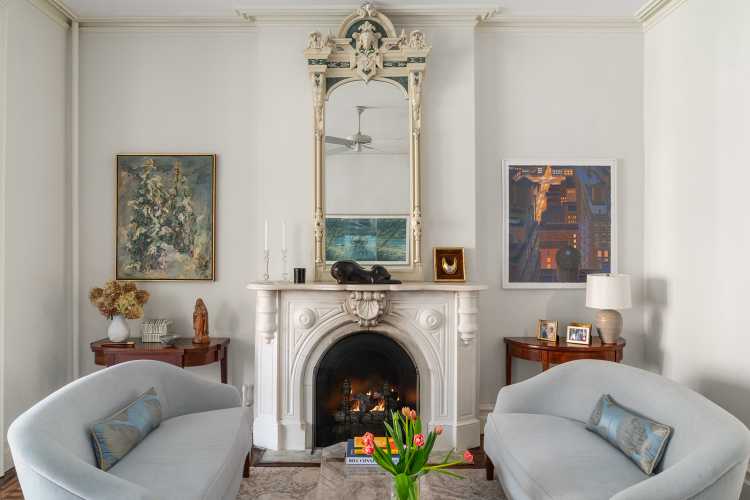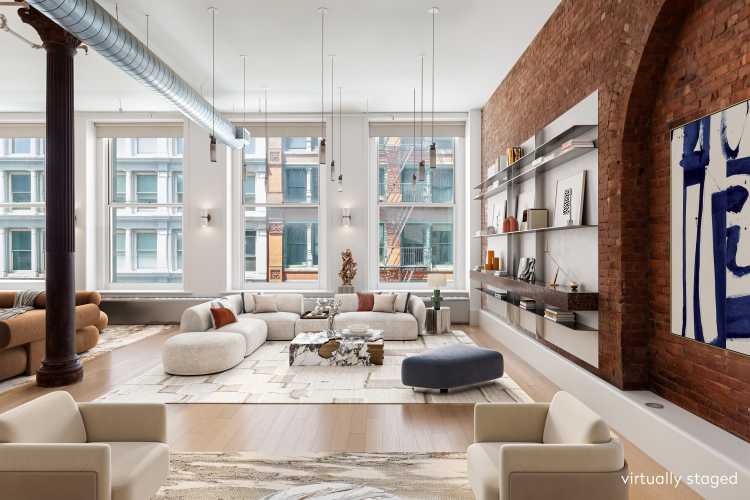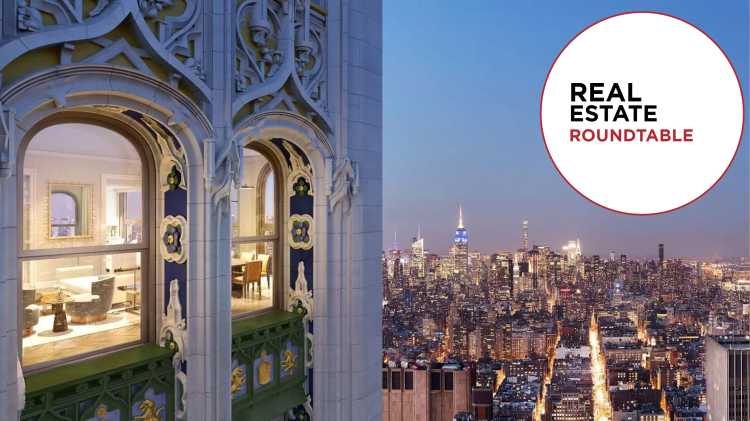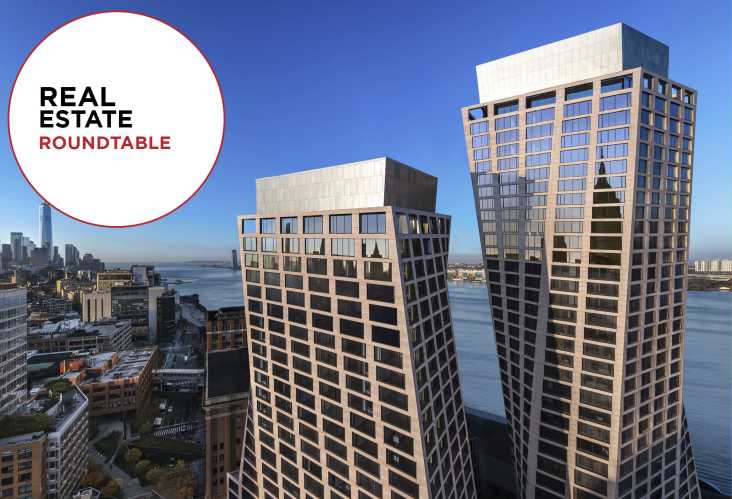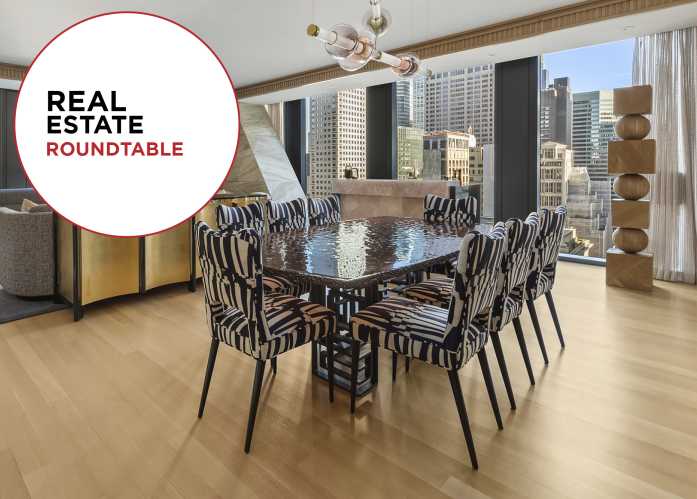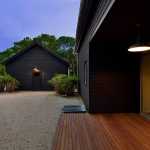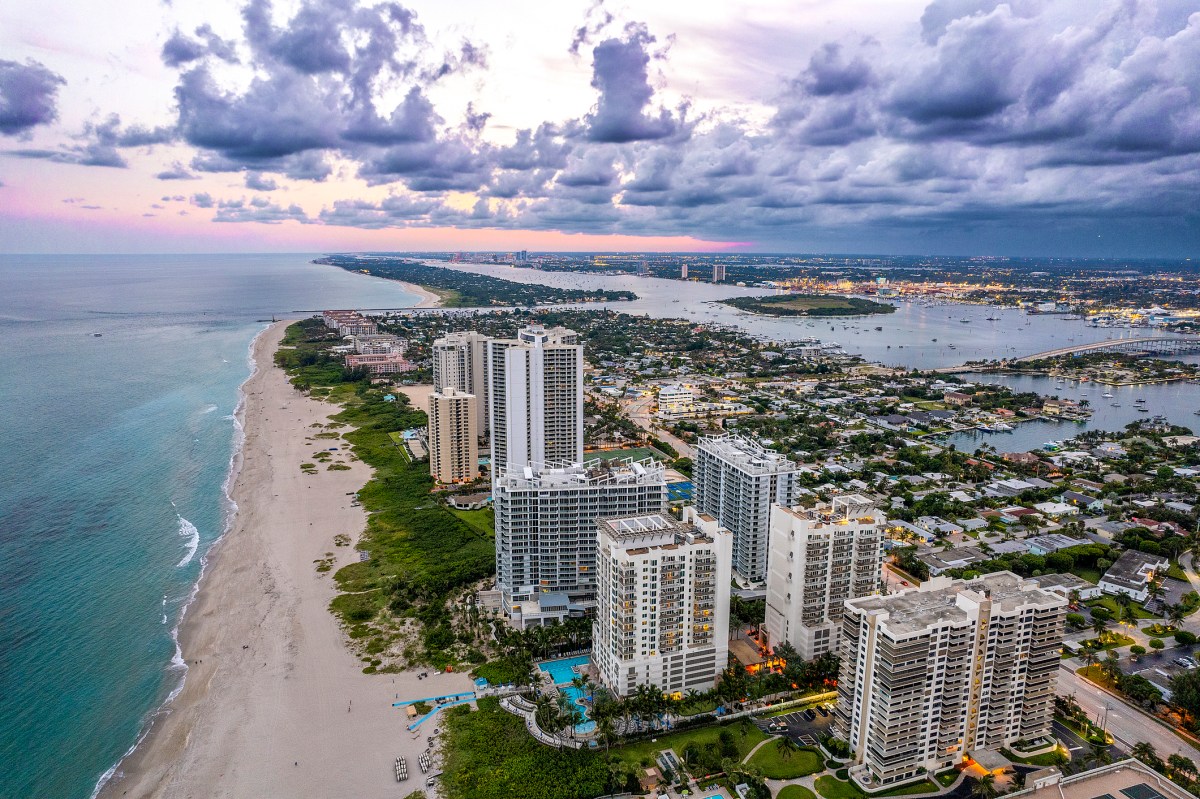We asked Manhattan real estate agents: How have buyer preferences shifted in the post-pandemic era, and what types of properties are in highest demand right now in New York City?
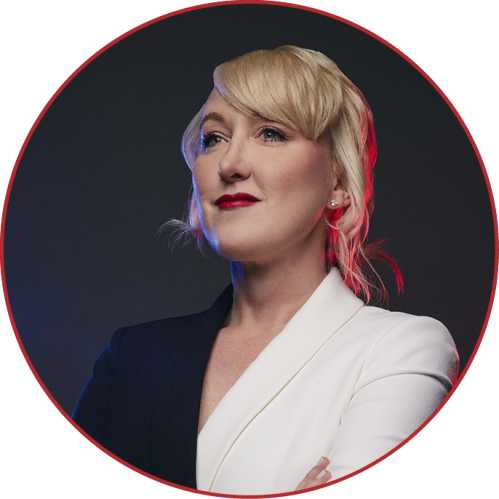
Mallory Bogard
BOGARD NEW YORK TEAM
SERHANT.
In NYC, you probably remember the post-lockdown trend: buyers prioritizing as much private outdoor space as possible. But lately, I’m noticing more people are comfortable with shared outdoor space or smaller private areas, to meet their outdoor needs—much more so than in the years immediately following COVID. Kitchen storage is trending mission critical… kitchenettes just aren’t cutting it—people need real space for all the sourdough starters, air fryers, and mocktail kits they bought during downtime. Another of my favorite trends in NYC: The returnees—people coming back to the city. A lot of them took advantage of remote work and bought outside the city, but now that they’re commuting more frequently, the trek is starting to wear on them. Plus, let’s be real—so many of them just miss the city. Another growing trend I’m seeing is the desire to keep family close—literally. More condo owners are looking for additional studio or one-bedroom units within their own buildings to accommodate parents, grandparents, or adult children. I’m also seeing increased interest in townhouses that can work for multi-generational living, or setups where each adult child or grandparent has their own apartment, within arm’s reach of each other.

Julia Boland
THE CORCORAN GROUP
CHELSEA/FLATIRON OFFICE
In the post-pandemic world, many buyers can be categorized as ‘cautious.’ They are cautious about the type of property they seek and how their cash is deployed. First up is a buyer’s choice of properties—and those which require little, or no, renovation are prized. Everyone knows firsthand what it is like to live through supply chain issues or watch inflation increase prices. No one wants to endure a renovation which will last far longer and cost far more than originally planned. Buyers also put a premium on having space for a home office (or two), an in-unit washer dryer, the ability to have a pet, and access to the outdoors in their building. While many would love to have private outdoor space, most buyers are happy with a well-maintained common roof deck or terrace which is easy to access. Next, today’s buyers also value ease and flexibility when it comes to the purchase process—and they want to control how they choose to allocate their funds. Co-ops with high cash requirements have suffered the most. As a result, many buildings are now revisiting their financing options. For example, one exclusive co-op which has been cash only for decades, is suddenly allowing 50% financing.

Bahar Tavakolian
COMPASS
In post-pandemic New York City, I see buyers prioritizing location, space, condition, and access to outdoor space over other factors. While location remains crucial, square footage has become a premium amenity with the persistence of remote work arrangements. Buyers seek dedicated home office spaces. When advising renovation clients, I emphasize including one or two home offices in their plans. Another important post-pandemic trend I’m seeing is the popularity of move-in-ready properties due to extended construction timelines and rising renovation costs. This is especially relevant with exclusive co-ops and their strict construction guidelines, where some only permit summer renovations or impose hefty fees for extended work. I see buyers wanting to avoid renovation complexities given supply chain uncertainties and also desire for immediate occupancy. I also see outdoor space having significantly increased in value post-pandemic, with properties featuring private terraces or balconies commanding premiums. Common outdoor spaces in buildings have also become desirable amenities. Today, the ultimate prize is a spacious, mint-condition home in a prime location that offers dedicated home offices and private outdoor space—or at minimum, convenient access to parks.
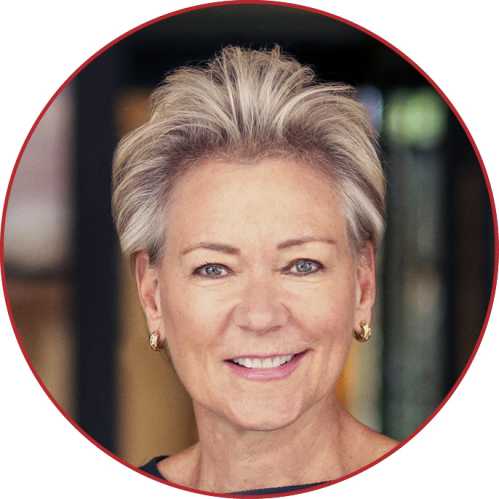
Diane Johnson
DOUGLAS ELLIMAN
In the post-pandemic era, Manhattan’s real estate market has seen significant shifts in buyer preferences, with a strong focus on apartment functionality. The rise of remote work and changing family needs have led to increased demand for larger living spaces, particularly those with multiple bedrooms to accommodate home offices. Additionally, a major shift is that people wanted to move closer to their schools, reflecting a change in priorities towards education and family-friendly environments. Buyers also prefer move-in-ready homes, valuing convenience and immediate occupancy, which has decreased interest in properties requiring renovations. The typical life cycle of an apartment in NYC is about five years, and many buyers who secured low interest rates during the pandemic are now re-engaging in the market. Combined with the return to in-person work, this has spurred a resurgence in transactions, with about half of all deals being cash. The West Village, Brooklyn, and the Upper East Side are currently seeing the highest sales volume, attracting savvy buyers who are no longer waiting for interest rates to drop and won’t compromise on their property wish lists. Additionally, the luxury real estate market has surged, particularly for properties above $20 million. This growth is driven by limited inventory, rising investor confidence, and a shift toward tangible assets like real estate, marking 2024 as the best year for luxury sales since 2006.

Jessica Cohen
BROWN HARRIS STEVENS
UPPER WEST SIDE
During the pandemic, a lot of New Yorkers temporarily left the city, got a car, and often a second home. As a result, if a building doesn’t have parking, proximity to available monthly parking has been a higher priority for buyers. Certain neighborhoods are more challenging to find monthly parking. For example, oftentimes on the Upper East Side, garages have a waiting list. In Tribeca, garages are harder to find. On the Upper West Side, monthly parking is available but has become more costly. Similarly, the remote work boom has carried over to post-pandemic design, where designated home workspaces are no longer a luxurious bonus, but rather a necessity. Flex-bedroom spaces are now sought after as dedicated zoom rooms. We’re also finding pet-friendly buildings are more in demand because of the uptick in people getting dogs during COVID-19, and in-unit washer/dryers are non-negotiable because many people no longer have a tolerance for shared laundry spaces.
This article appears in the April edition of Behind The Hedges inside Dan’s New York City. Read the full digital edition here. For more on New York City real estate, tap this link.
